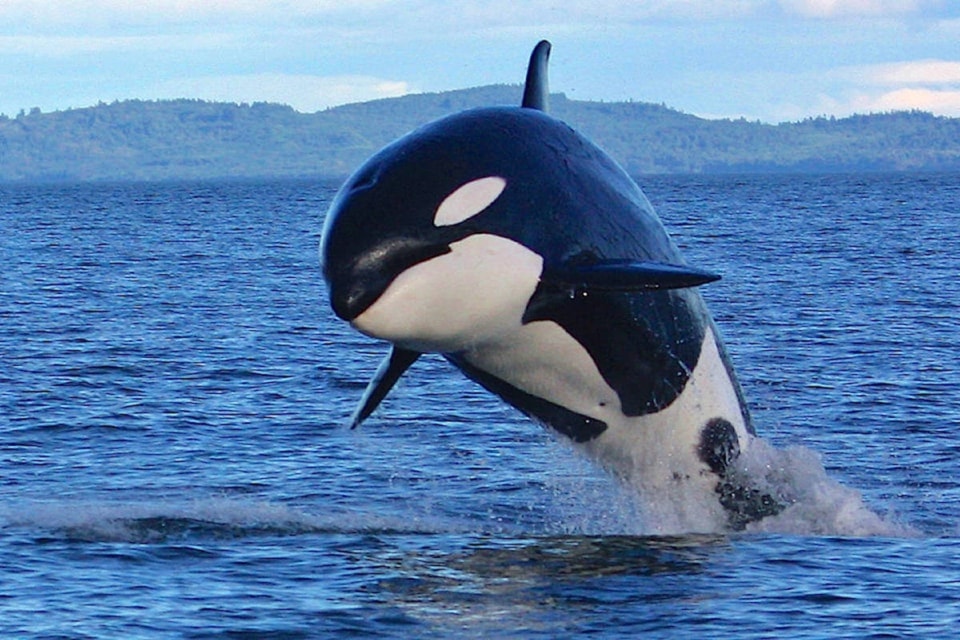Tourists might want to get close, but the law requires boats to not move any closer than 200 metres from killer whales.
These are just some of the legal requirements being stressed by 4VI, formerly Tourism Vancouver Island, along with the Marine Education and Research Society and the North Island Marine Mammal Stewardship Association in a new awareness campaign focused on responsible marine mammal viewing.
Brian Cant, 4VI's vice-president of business impact and engagement, said marine mammals will swim where they want, and sometimes this gives tourists beautiful close-up video and photographs – but it shouldn't be considered a common occurrence.
In fact, he refers to it as a "once in-a-lifetime experience." The majority of these encounters will be at least 100 to 400 metres, depending on the species of marine mammal and if they are with calves.
“Marine ecotourism standards in British Columbia are already some of the highest in the world, with operators adhering to strict minimum distance regulations meant to reduce disturbances to wildlife," Cant said in a press release. “However, we still see examples of photos and videos being shared on social media that show close encounters with marine mammals. Our goal is to ensure that visitors are provided with accurate information about safe distances and expectations for guests, without putting wildlife or humans at risk."
To counteract the potential for misinformation from these close-encounter images, the campaign includes a video called For The Whales aimed at informing visitors. Operators and partners have also been encouraged to share the video on their own social media platforms ahead of tourist season, and the video is available on YouTube at http://youtube.com/watch?v=KmHpK0VEUQI. In the description, the video redirects to 4VI's website, where they share the marine laws in greater detail.
In addition, operators through the region are being offered guidance and support by the campaign's partners to help develop and reinforce their policies. One suggested option is an internal audit of marketing and promotional materials aimed at ensuring portrayals of the viewings are accurate.
"We're trying to stress when you come to the region and you're choosing to go whale watching, think about what you're posting and what the world is seeing out there before you're posting," Cant told the News Bulletin. "Not necessarily telling people what they should or shouldn't be posting, but they should think about what their audience is going to see and to manage what their expectations are, because the operators are following the rules and if it in any way indicates they're not, that's not great for anybody."
Boaters in Canada – including paddlers – must stay 200 metres from Bigg's killer whales and 400m from southern resident orcas. Whale-watching companies that have signed a sustainable whale-watching agreement can get as close as 200m to southern residents. Boaters can get as close as 100 metres to all other whales and other marine mammals, though no closer than 200m to whales, dolphins and porpoises that are with calves or in resting position.
It is also illegal to feed, swim with or touch marine mammals. Accidental contact with a marine mammal, including collision or entanglement must be reported to the Fisheries and Oceans Canada's incident reporting line at 1-800-465-4336.
